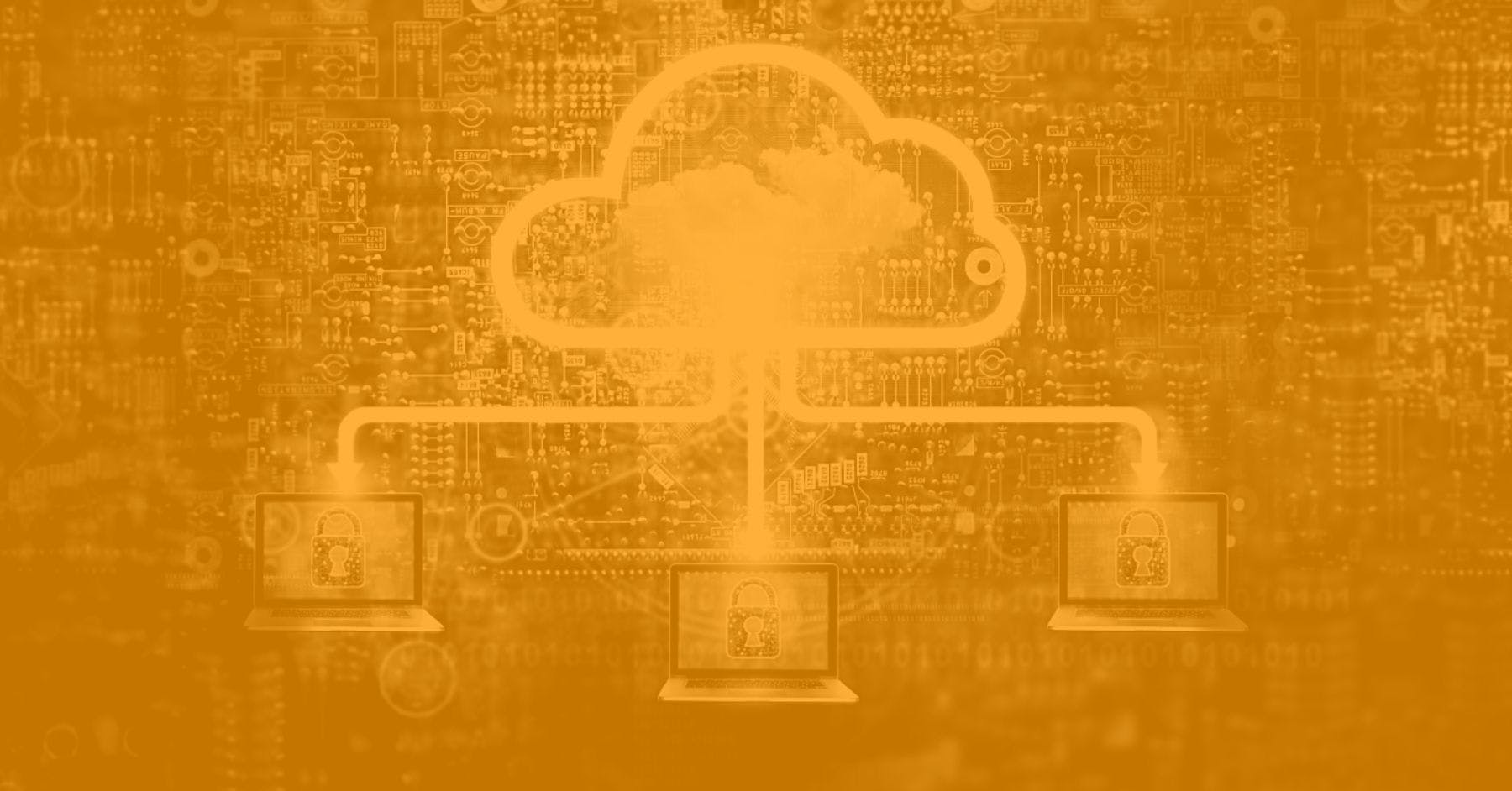While the internet has made life more convenient and provided countless amazing benefits in our modern world—it isn’t exactly the safest place. Just like you wouldn’t go around yelling your bank account number in a crowded mall, sending sensitive information over the internet requires some forethought, common sense, and due diligence.
In this day and age, we’re all well aware that cyber criminals show no signs of slowing when it comes to hacking our valuable information. That’s why there’s little room for error. When handling confidential information in your business, whether it’s relating to your customers or employees, it’s your duty to protect it.
If sensitive data falls into the wrong hands, it can be a disaster. With the high cost of rectifying a security breach and potentially losing your customers’ trust, safeguarding personal information just makes sense. Luckily, a platform like SmartFile can protect your information from start to finish.
Keep reading to check out some basic tips we’ve put together for sending confidential information.
Take Stock & Get Organized
If you want to protect your files, you need to know what you’re protecting. Take stock and figure out what your inventory looks like. Where is your business’s sensitive data stored? Locating all the different ways your business receives personal information is a great way to start managing and organizing your confidential data.
Sit down with your employees and work together to brainstorm through the following questions:
- How does your business receive personal information?
- Do you collect information at each entry point?
- Where do you keep the information you collect?
- Who is sending personal information to your business?
- Who has—or could have—access to this personal information?
Answering these questions will give you a good idea of what you need to begin tracking. Then you can go in and organize everything in a way that makes sense. After all, actually knowing where our files are is a great way to keep better track of them!
Know Your Permissions (and Use Them Wisely)
Permissions are the settings you have on your computer, cloud drive, or document sharing devices that determine who has permission to access your documents and to what extent they can share or edit them.
With certain cloud and file-sharing platforms, there are a variety of ways you can use permissions to keep your users and your sensitive information safe. Granular permissions allow business owners to construct site-specific roles with privileges to match certain file requirements. This feature also restricts system administrators and database owners from accessing user data.
Whatever platform you choose, you should always make sure you have the options of password-protected share links, expiration dates, and download limits when it comes to file sharing.
The golden rule of permissions is less (access) is more. You can always change the permissions later, but it is better to ensure that the recipient only has access to what they legitimately need. Granular permissions and access rights ensure that only authorized users can see certain files. This is especially important for the remote workplace in the era of company data breaches. Not allowing certain people to access certain files isn’t a question of trust, it’s simply a safety precaution all businesses should be adhering to due to the worldly climate.
Encrypt Your Files/Enable Encryption On Your Devices
Keeping your files confidential means you’ll need to encrypt them before moving them from place to place. Whether you’re uploading to the cloud or transferring to a backup storage drive, it’s crucial that your data stays encrypted from start to finish so it can’t be obtained by anyone else—even when in transit.
While many file sharing solutions use encryption when files are at rest, not all use encryption when the files are in transit. This gives cyber criminals an opportunity to access confidential information. With SmartFile, we ensure your files stay encrypted throughout the entire process. Even in transit, you should be able to rest easy knowing your valuable information is safe, and we make this possible with end-to-end encryption.
Better yet, your devices can also be encrypted in the event that they are lost or stolen. You can find this option in your device settings and ensure unauthorized users (users without a PIN) can not access your device. A great option for companies that provide laptops and other devices for their Remote employees!
Improve Your P@98605w0rd Hygiene
When in doubt, it is always a good idea to password-protect your documents when sharing via consumer cloud tools, social media, email, or chat platforms.
If you’re still using “password” “123456” or “qwerty” as your “secure” password—please know that this is not enough to protect your confidential files. You need a variety of complex passwords to keep your information safe. Here are a few guidelines for creating a secure password.
- Include a combination of letters, numbers, and characters
- Try to get your passwords between 12-15 characters
- Write down a password hint (not the actual password) and keep it in a safe place
- Don’t use the same password for everything
- Try not to use keyboard patterns like 123456 or qwerty
- Avoid using personal information like your social security, address, or birthdate
- Sentences or phrases are better than single words
- Use two-factor authentication
- Change your password routinely
Even if there aren’t any character requirements for a given website or file sharing solution, you should try and match these standards on your own. The more characters and symbols your passwords contain, the more difficult they are to guess. You may decide that a passphrase is better suited for you.
Once you find that perfect combination of letters, numbers, and special characters, it may be tempting to use it across multiple sites. But if a hacker is able to guess it, then they’ll have access to all of your information. You may think your password is impossible to guess, but cybercriminals have many dubious ways to crack it. And please don’t just add the number one to the end of a password you already use! It won’t be any more secure.
There is yet another step to making sure that your passwords are as secure and that is by changing them or updating them every 90 days. This may seem overwhelming, but I can guarantee that being a victim of cybercrime is going to be much, much worse.
And if you don’t think you can remember all your passwords for all your accounts (and really, who could?), you might give a password manager a try. They can generate and keep strong passwords for you so you don’t have to change them manually. Your passwords will also be stored and encrypted so you don’t have to worry about any of them being compromised.
URL Sharing is Your Friend
When using instant messenger apps such as Slack or Facebook Messenger, URL sharing is a way to keep sensitive information or documents out of your message feed. If your account is hacked, then the hacker won’t have direct access to the information.
When creating a URL, ensure the document is password protected. Typically, this could be either adjusting the settings to “password-protect shares.”
Secure URL sharing can help mitigate many issues with sharing large files by detailing who has access. Having a URL trigger a page before people can access a file significantly reduces the likelihood of an unauthorized person stumbling upon confidential information.
Keep Your Systems Up-To-Date
Neglecting to update your operating systems is a sure-fire way to compromise your data—even if you have all the other protocols in place. Whether it’s a program on your phone or computer, regularly updating your device to the latest version is a must.
System updates provide fixes to possible bugs and security holes that cybercriminals may try to infiltrate. In fact, some of the most serious malware attacks we’ve seen in recent years have been cybercriminals taking advantage of software vulnerabilities in common applications—like operating systems and browsers.
Make sure you’re taking the time to run up-to-date anti-malware programs on your employees personal computers as well as the servers on your network. It’s better to be safe than sorry.
Find An Easy, Secure File Sharing Platform
The easiest way to send confidential information is to have a file-sharing platform that does the heavy lifting for you. Sharing files with people inside and outside of your organization is inevitable.
If you’re concerned with the security of your files and the sensitive information they contain, a professional file-sharing platform can give you the assurance you need. Not only is your information encrypted, but with a file-sharing solution, you don’t need to fear files being lost or corrupted. Your provider will be able to resolve your issues.
With a platform like SmartFile, we can keep your files safe and your data secure. You can even set expiration dates for temporary links and password encryption for added security. And if you’re especially concerned, you may think about an on-premise solution.
Here are some basic features to look for in this type of platform:
- Encryption at rest and in transfer ensures your information isn’t liable in transit or while sitting in your account. To best do this, go with an on-prem file sharing solution.
- User permissions can help establish who has access to download or share content. Remember, always use the least amount of privilege. Always better to add later, than have your information compromised
- Password protection is an absolute must when sharing documents via email. Whether that is directly emailing a password-protected PDF or a protected URL, always use a password as a gatekeeper to your information.
- Activity logs are sometimes found with certain robust file-sharing platforms. If you plan to share confidential information related to taxes, business, or medical records an activity log can show who accessed the information and at what time.
Keep Your Information Safe With SmartFile
Sending confidential information is important—it shouldn’t be hard. SmartFile is the go-to solution for enterprises to small businesses for secure file management. With advanced security features and end-to-end encryption, you can rest easy knowing your files are safe with us. If you’d like more information on how SmartFile can improve your file-sharing processes, reach out today to speak with one of our seasoned team members!



